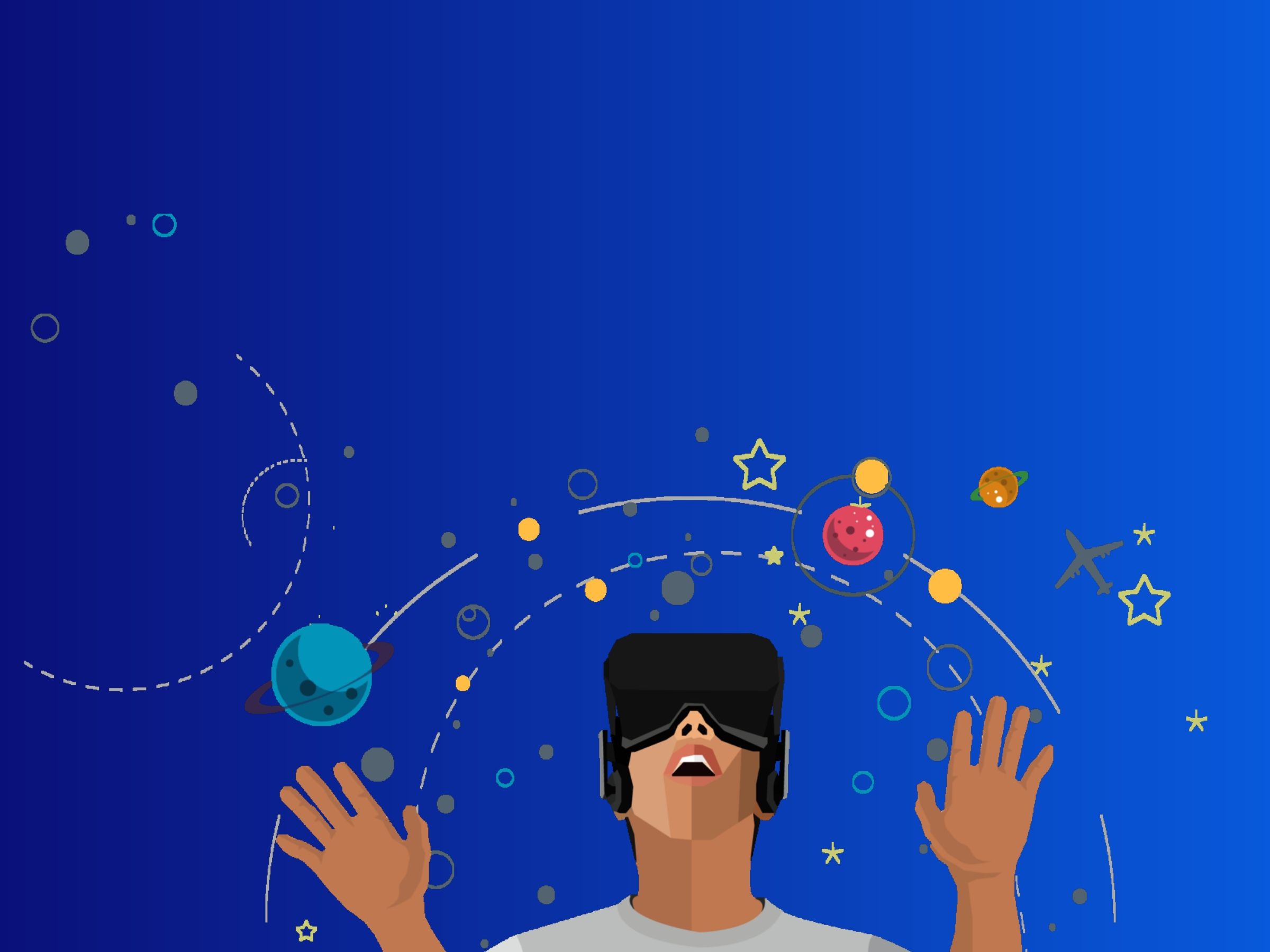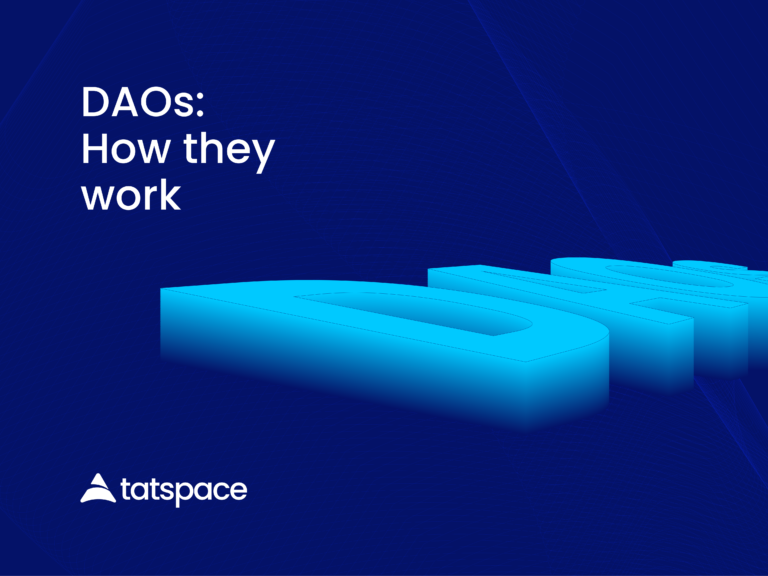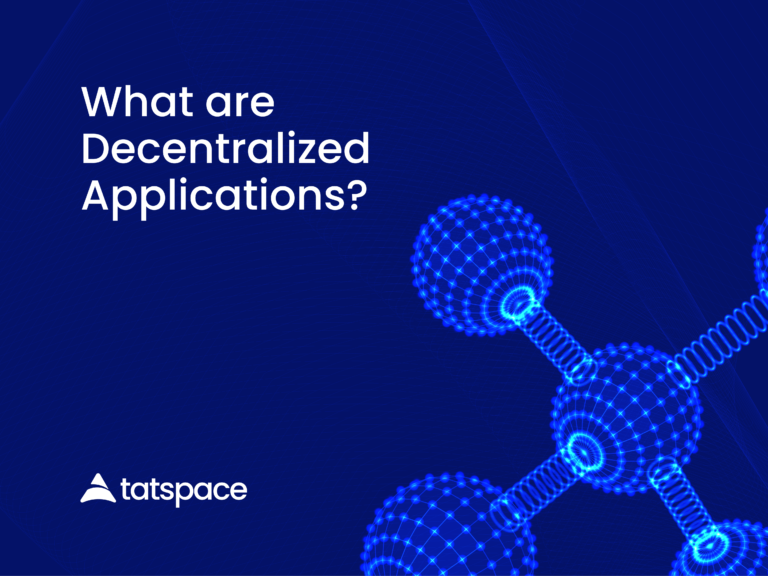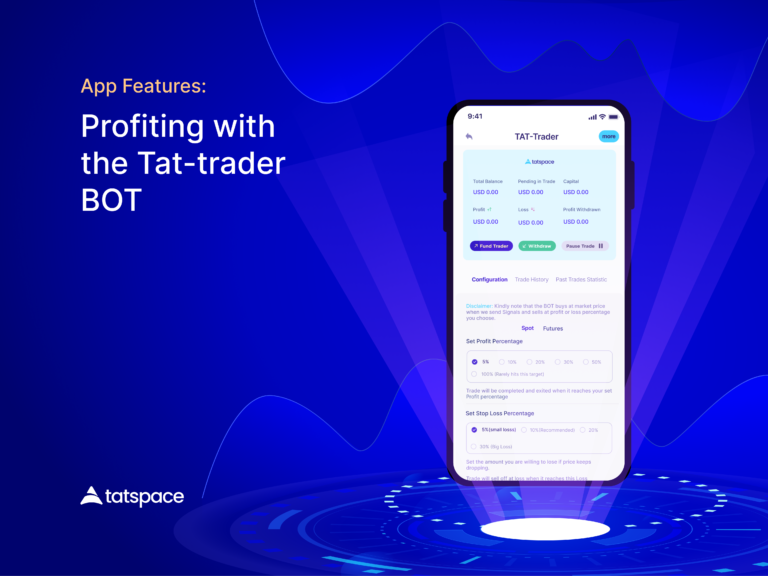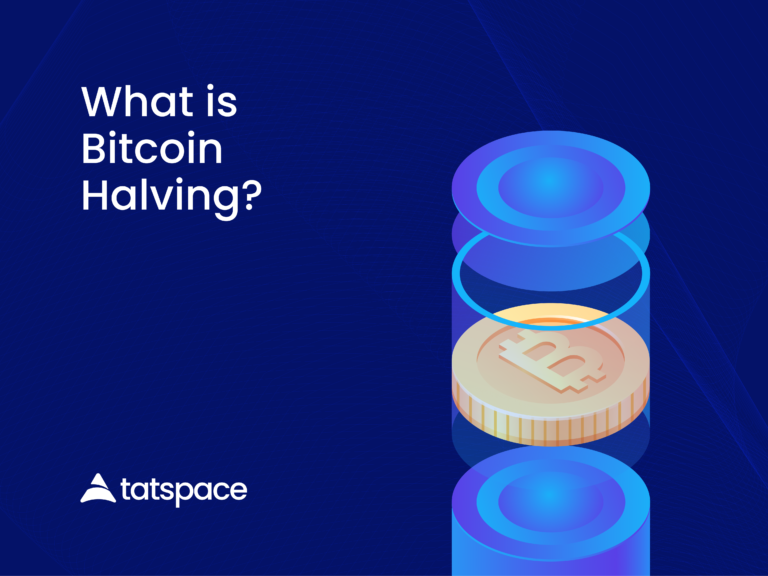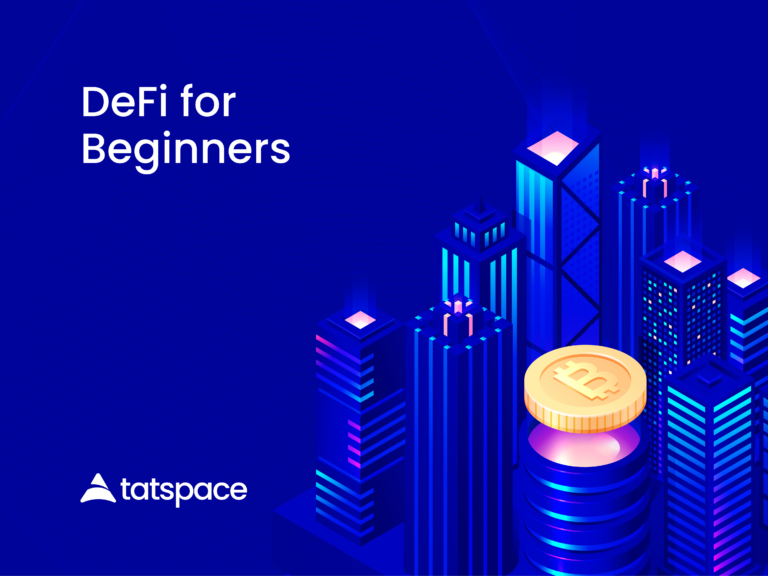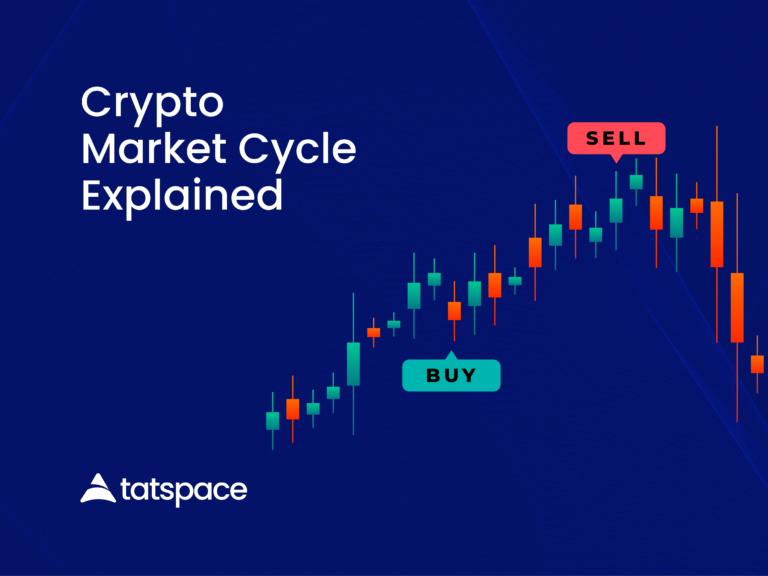The metaverse is a concept of an online, 3D universe that combines different virtual spaces.
Think of metaverse as a future iteration of the internet.
It allows users to work, game, meet, and socialize together in these 3D spaces.
Developers are pushing the boundaries of what a game is through hosting in-game events and creating virtual economies.
Video games currently provide the closest metaverse experience on offer.
Although not necessarily, cryptocurrencies can be a great fit for it.
Metaverse allows creating a digital economy with various types of utility tokens and virtual collectibles like (NFTs).
Metaverse would benefit from the use of crypto wallets, like Trust Wallet and MetaMask.
Blockchain technology can provide transparent and reliable governance systems for the metaverse.
Metaverse-like applications already exist in the blockchain economy and it provides people with liveable incomes.
An example of a metaverse like application is Axie Infinity.
It is a one-play-to-earn game that many users play to support their income.
Other examples of metaverse-like applications are SecondLive and Decentraland.
They are successfully mixing the blockchain world and virtual reality apps together.
Looking at the future from where we are now, big tech giants are already making a huge impact hence, leading the way.
The decentralization of the blockchain industry is allowing smaller players to participate in the metaverse’s development as well.
The link between the financial, virtual, and physical realities is increasingly getting connected.
We have access to almost anything we want at the touch of a button.
NFTs, blockchain games, and crypto payments are not just limited to crypto experts anymore.
They are now easily available as part of a developing metaverse.
How did the Metaverse concept start?
This concept was developed by Neal Stephenson in the science-fiction novel Snow Crash.
The whole idea of a metaverse started as fiction, and now it looks like it could be a reality in the future.
People have the belief that the metaverse will be driven by augmented reality, with each user controlling a character.
For instance, you may finish work and relax in a blockchain-based game, and then manage your crypto portfolio and finances all inside the metaverse.
Isn’t this amazing?
The metaverse is becoming more visible in some aspects of existing virtual video game worlds.
For example Games like SecondLive and Fortnite or work socialization tools like Gather.town bring together multiple elements of our lives into online worlds.
Although these applications are not the metaverse, they are similar.
The metaverse still doesn’t exist yet.
Apart from supporting gaming or social media, the metaverse will combine digital identities, economies, decentralized governance, and other applications.
Why are video games linked to the metaverse?
The reason why video games are linked to metaverse is because of “The emphasis on 3D virtual reality”.
Video games are the closest metaverse experience we currently have.
They now offer services and features to other aspects of our lives.
For instance, the video game Roblox hosts virtual events like concerts and meetups.
Players don’t just play the game, they use it for other activities and parts of their lives in “cyberspace”.
In the multiplayer game Fortnite, 12.3 million players took part in Travis Scott’s virtual in-game music tour.
How does crypto fit into the metaverse?
The Crypto space can offer the other vital parts required in the metaverse, like digital proof of payment, governance, accessibility, and transfer of value.
In the future, when we work, meet people to socialize, and purchase virtual items in the metaverse, we will need a secure way to show ownership.
That’s where crypto comes to play.
We also need that sense of safety transferring items and money around the metaverse.
If the metaverse will be such a large part of our lives, we also want to play a role in the decision-making taking place in it.
Blockchain tech provides a decentralized and transparent way of dealing with the topics, while video-game development on the other hand is more centralized.
Gamification in Decentralized Finance (Defi) and GameFi is common.
From speculations, it seems there will be a lot of similarities in the future that will unite these two worlds together.
The key aspects of blockchain suited to the metaverse are:
1. Digital proof of ownership
Just having a wallet with access to your private keys, you can show proof of ownership of your activity or an asset on the blockchain.
For example, it is easy to show an exact copy of your transactions on the blockchain while at work to show accountability.
Having a wallet backed by blockchain is one of the most secure methods for establishing a digital identity and proof of ownership.
2. Accessibility
When compared to having a bank account, creating a wallet is open to anyone around the world on public blockchains.
There’s no need to pay any money or provide any details.
This is what makes blockchain one of the most accessible ways to manage finances and online digital identity.
3. Transfer of value
When the metaverse fully comes alive, we will need a way to transfer value securely that users trust.
If we are going to spend large amounts of our time in the metaverse and earn money, then there will be a need for a reliable currency.
4. Digital collectibility
This is to show who owns something and prove that an item is original and unique.
This is very important especially for a metaverse looking forward to incorporating more real-life activities.
Just like NFTs, where an is 100% unique and can never be copied exactly or forged, blockchain can also represent ownership of physical items.
5. Governance: In the metaverse, we will also need the ability to control the rules of our interaction.
If In real life, we have the voting rights in companies and the power to elect leaders in governments, we will need a way to implement fair governance and blockchain.
Examples of Metaverse.
There are a lot of platforms and projects that are similar to this.
They all show both NFTs and blockchain tech.
Let’s look at these three examples:
1. Axie Infinity
Axie Infinity is a play-to-earn game.
It gives players in developing countries the opportunity to earn consistent income.
By either purchasing or having these creatures for free.
In the Axie Infinity, a player can start farming the Smooth Love Potion (SLP) token.
When this Smooth Love Portion (SPL) is sold in the open market, you could make roughly $200 to $1000 (USD) depending on the market price and how much they play.
Axie Infinity doesn’t provide a single 3D character or avatar, it allows users to have the opportunity to have a metaverse-like job.
You may have probably heard of the famous story of Filipinos using it as an alternative to full-time employment or welfare.
2. SecondLife
SecondLife is a 3D virtual environment. Users are free to control avatars for socializing, learning, and business.
The SecondLife project has an NFT marketplace for swapping collectables.
3. Decentraland
Decentraland is an online, digital world that mixes social elements with cryptocurrencies, NFTs, and other virtual real estates.
A combination of everything creates a complex crypto-economy.
What’s the future of the metaverse?
Mark Zuckerberg, the creator of Facebook, has mentioned his plans to use the project to support users to remote work and improve financial opportunities for people in developing countries.
To a large extent, Facebook’s ownership of social media, communication, and crypto platform gives it an edge, combining all these worlds into one.
Other large tech companies like Microsoft, Apple, and Google are also targeting the creation of a metaverse.
A crypto-powered metaverse will further give integration between NFT marketplaces and 3D virtual universes.
Wrapping it up.
A united metaverse will go a long way.
We are already seeing developments that may lead to its creation.
They may look like another sci-fi use case for blockchain technology and cryptocurrencies.

